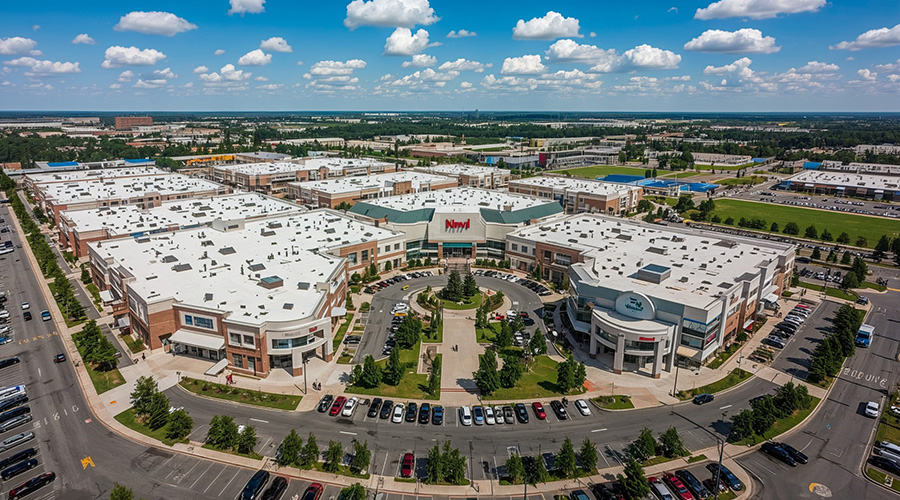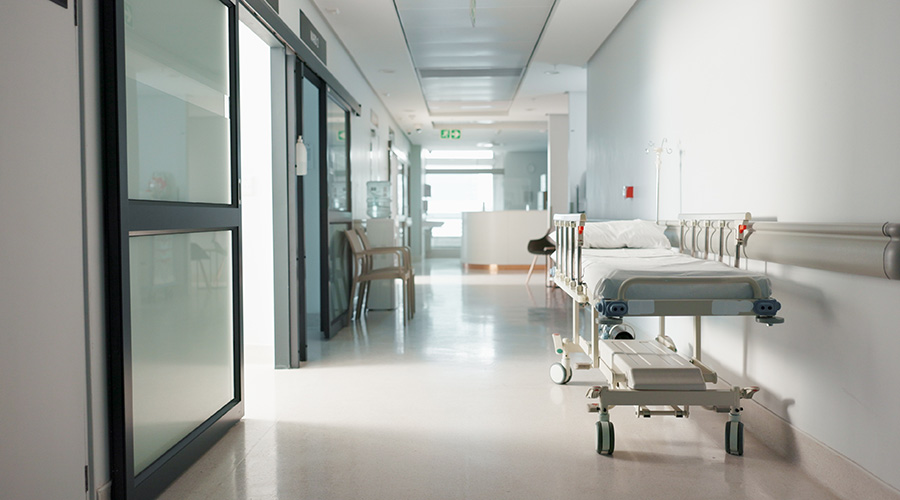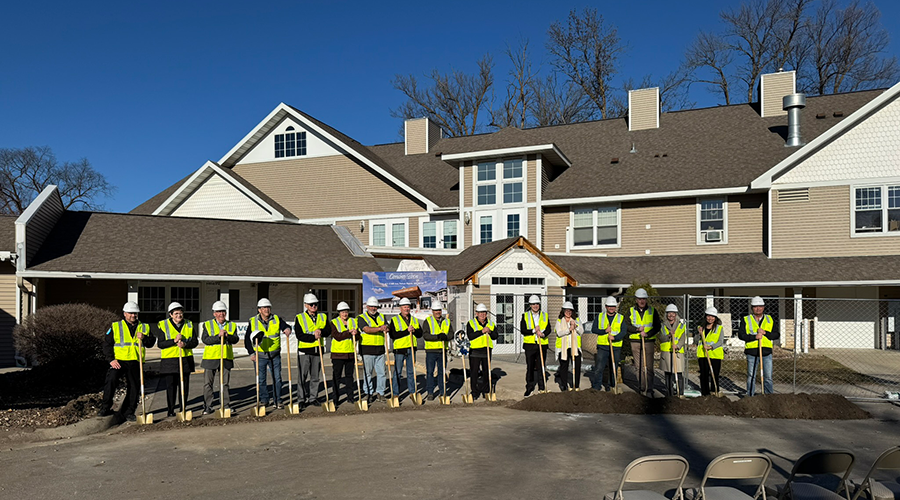Environmental services (EVS) teams are tasked with cleaning and disinfecting healthcare facilities, so they remain safe for all their occupants. To do this successfully, EVS teams must know what germs they are fighting and how to operate in occupied spaces. In this manufacturer roundtable, Healthcare Facilities Today speaks with disinfectant manufacturers about identifying germs and cleaning occupied spaces.
How do EVS professionals know what germs they are fighting, so they can target them best and choose the most appropriate chemical?
“Facility infection preventionists (IP) can be a very helpful resource to EVS. Through surveillance activities, mandatory reporting of healthcare-associated infections (HAIs) and knowledge of patients in isolation, the IP can inform EVS on pathogens common in the facility. Armed with this knowledge, EVS can ensure the disinfectants used have the necessary kill claims.
As a reminder, facility disinfectant selection should be vetted through the facility’s Infection Control Committee (ICC) as the IP has regulatory oversight over all cleaning, disinfection and sterilization activities within the facility.”
— Doe Kley, infection prevention fellow, Clorox Healthcare’s Clinical and Scientific Affairs Team
“Training. It is important that environmental services professionals not only receive mandatory bloodborne pathogens training, but training in infectious disease awareness specific to modern healthcare environments. This training would provide information on:
- Pathogens typically found in healthcare environments,
- How to break the chain of infection,
- Effective cleaning and disinfection techniques, and
- How to choose the most appropriate chemistries for the job at hand.
In cases where the specific pathogen is unidentified, it is advisable to opt for a broad-spectrum disinfectant. SteraMist ionized Hydrogen Peroxide (iHP), for instance, qualifies as an EPA-registered hospital-healthcare broad-spectrum disinfectant, capable of effectively eliminating various pathogens.”
— Spokesperson from TOMI Environmental Solutions Inc.
EVS teams are often cleaning around patients and other facility occupants. What recommendations do you have for properly using germ/bacteria-killing disinfectants in these occupied spaces?
“At a minimum, occupied patient rooms should be cleaned and disinfected at least once daily. In the setting of a high-consequence pathogen, consideration should be given to increasing the frequency of cleaning for high-touch surfaces and equipment. Some other tips for cleaning an occupied patient room include:
- Adhere to the facility’s cleaning and disinfection policies.
- Adhere to any signage at room entrance. A specific disinfectant may be needed for patients in isolation precautions.
- Leave the EVS cart in the hallway and carry in only the items needed to clean the room.
- Follow the disinfectant’s direction for use including the contact time.
- Pay special attention to high-touch and high-traffic areas of the room and bathroom.
- Never high-dust over the patient’s head.
- Use low-odor disinfecting wipes rather than sprays or liquid disinfectants.
- Change cleaning cloths when they are no longer sufficiently wet and between each patient zone.”
— Doe Kley, infection prevention fellow, Clorox Healthcare’s Clinical and Scientific Affairs Team
“People often pay close attention to how someone is cleaning and what chemistries they are using, so the EVS staff should be ready to answer any questions if asked.
You need to become familiar with your facility and understand exactly what you are trying to clean. Then, after ensuring that the proper tools and cleaners are readily available, training on the proper technique to employ for each space is invaluable. The proper product can be the difference between an ineffective cleaning routine and an optimized, streamlined protocol.
Choose chemistries that are safe to use around people. It might sound obvious, but it is worth repeating: always read and follow the manufacturers label. More often than not, labels clearly state the proper practices and application methods that allow for simple, low-risk disinfection in occupied rooms.”
— Spokesperson from TOMI Environmental Solutions Inc.
Jeff Wardon, Jr. is the assistant editor for the facilities market.

 Healthcare Is the New Retail
Healthcare Is the New Retail Bridgeway Behavioral Health Services Launches Campaign to Renovate Health Center
Bridgeway Behavioral Health Services Launches Campaign to Renovate Health Center Ground Broken for New North Dakota State Hospital
Ground Broken for New North Dakota State Hospital AI Usage for Healthcare Facilities
AI Usage for Healthcare Facilities Ground Broken on Pelican Valley Senior Living Modernization Project
Ground Broken on Pelican Valley Senior Living Modernization Project